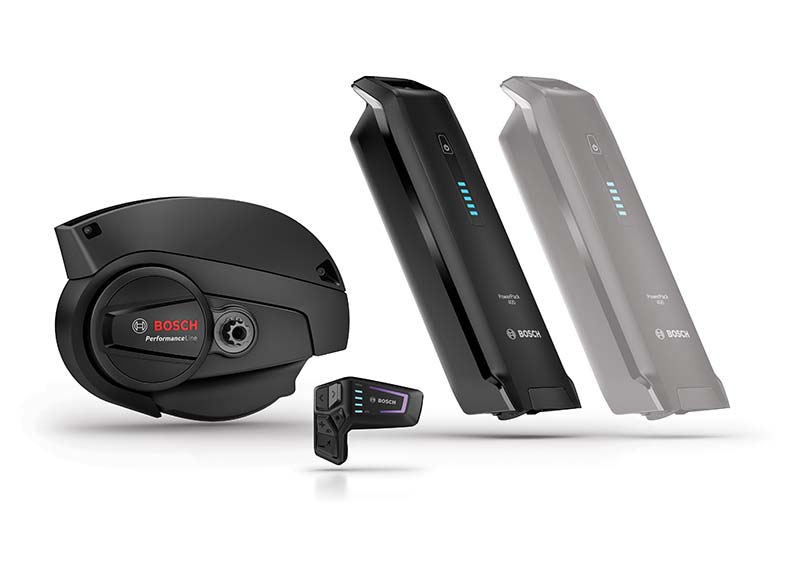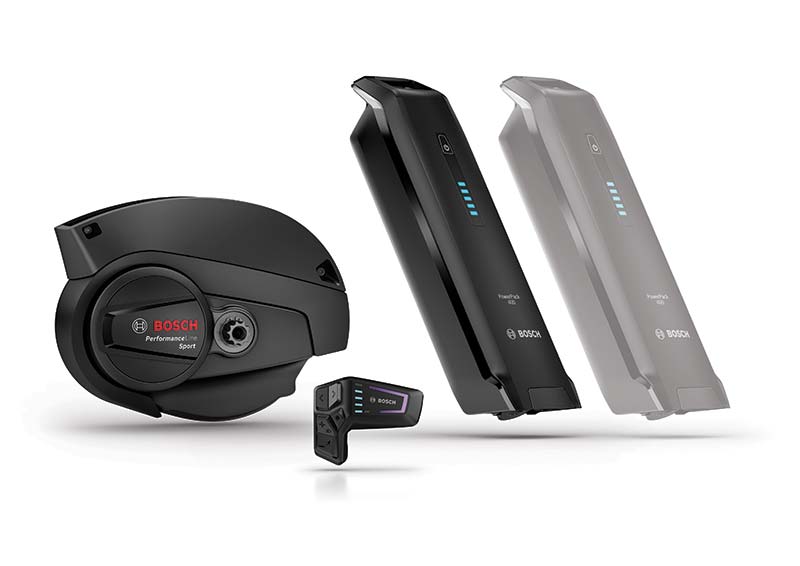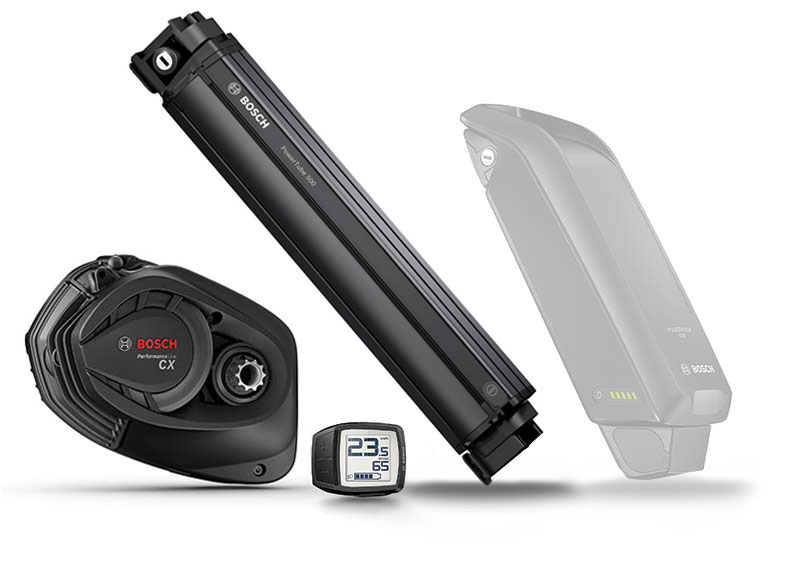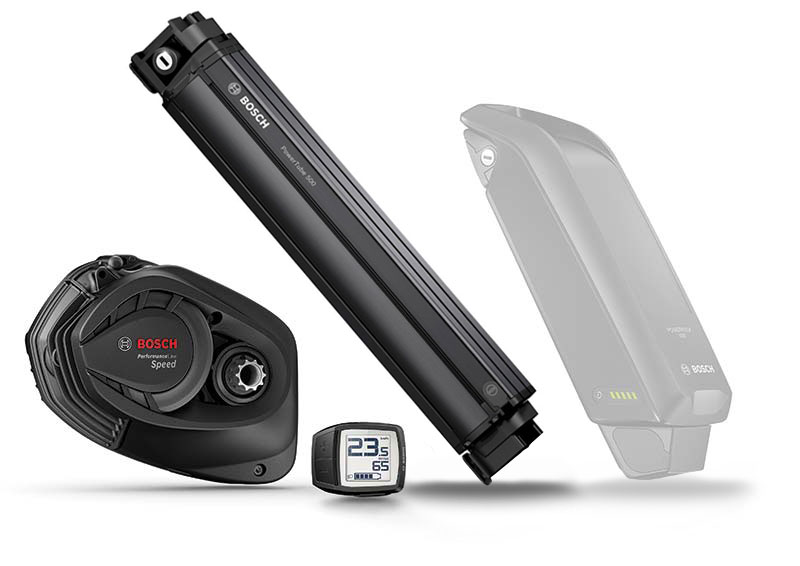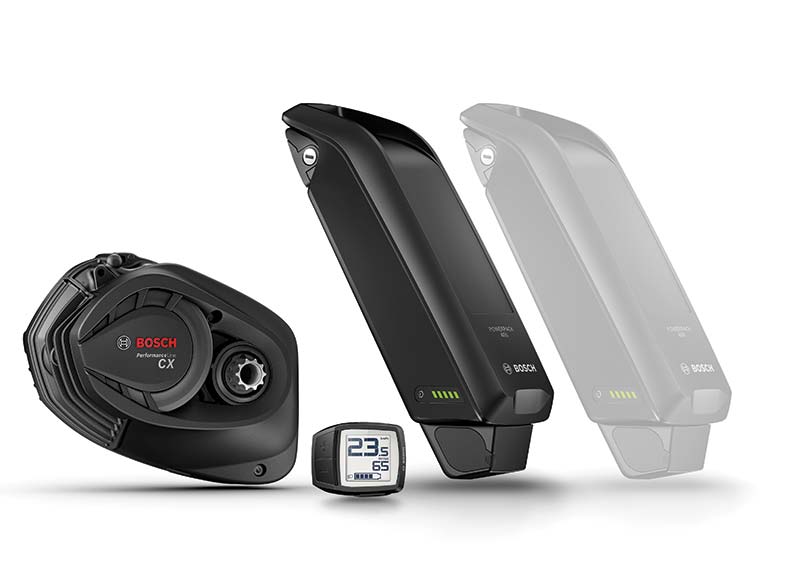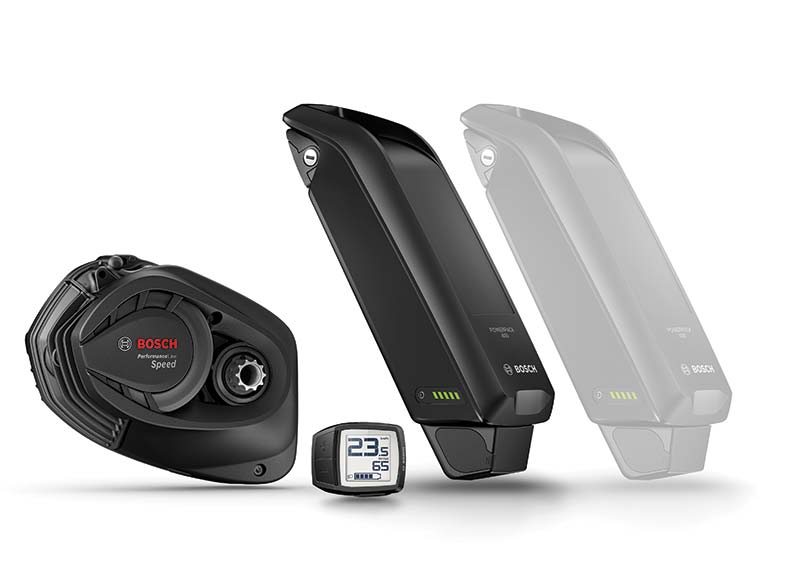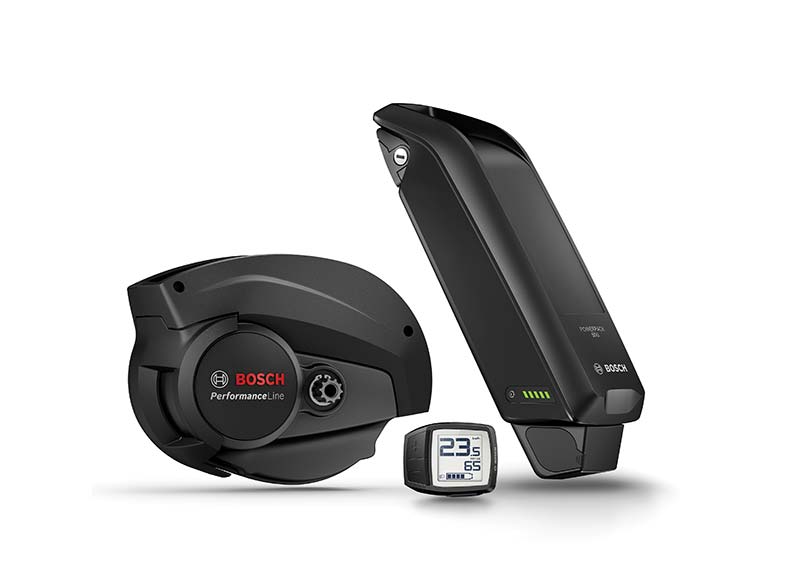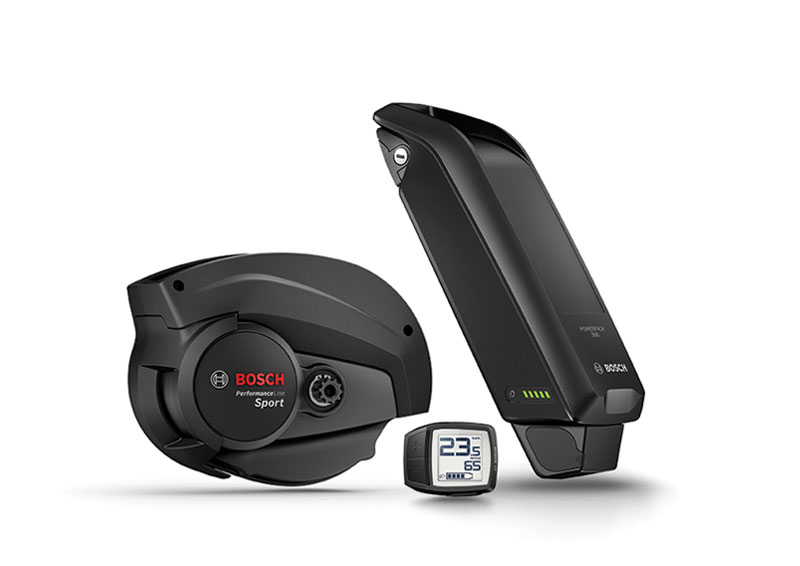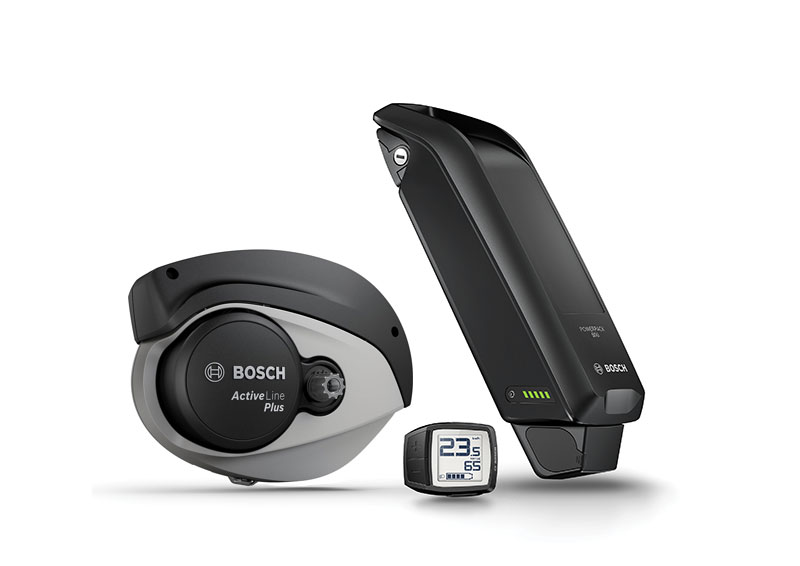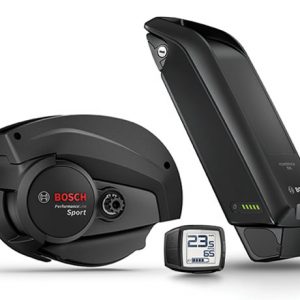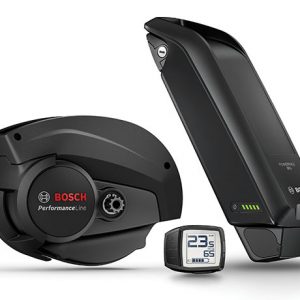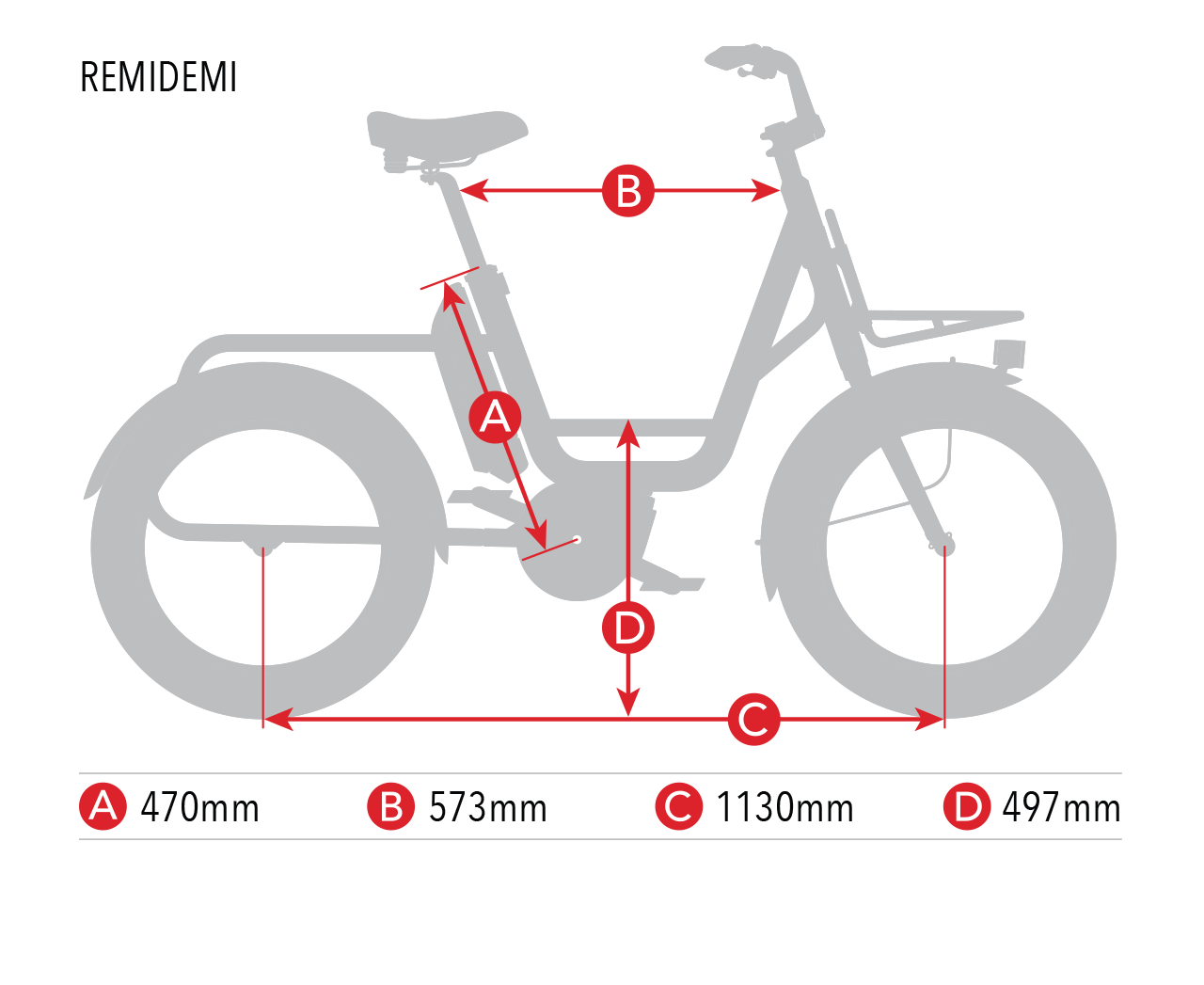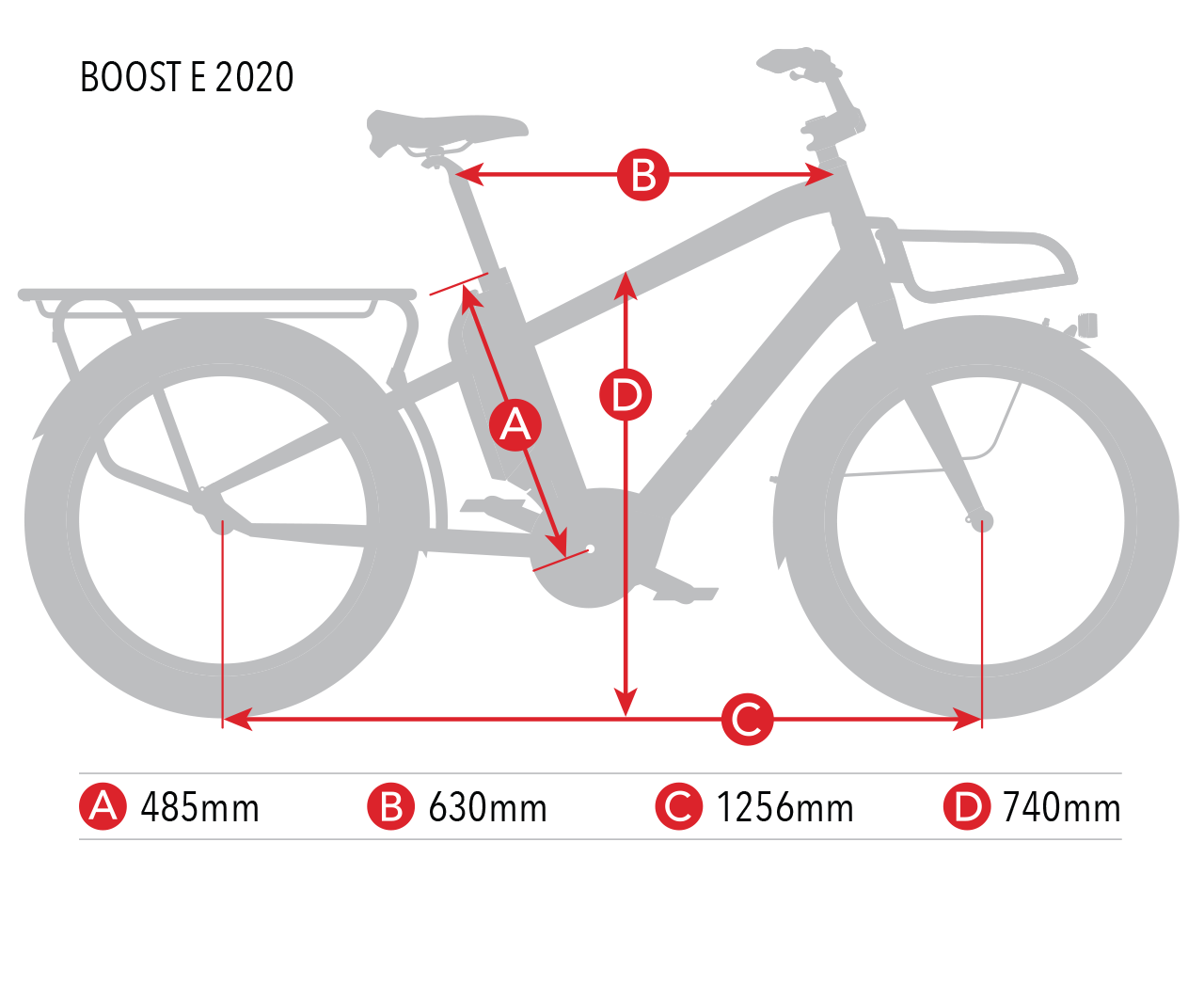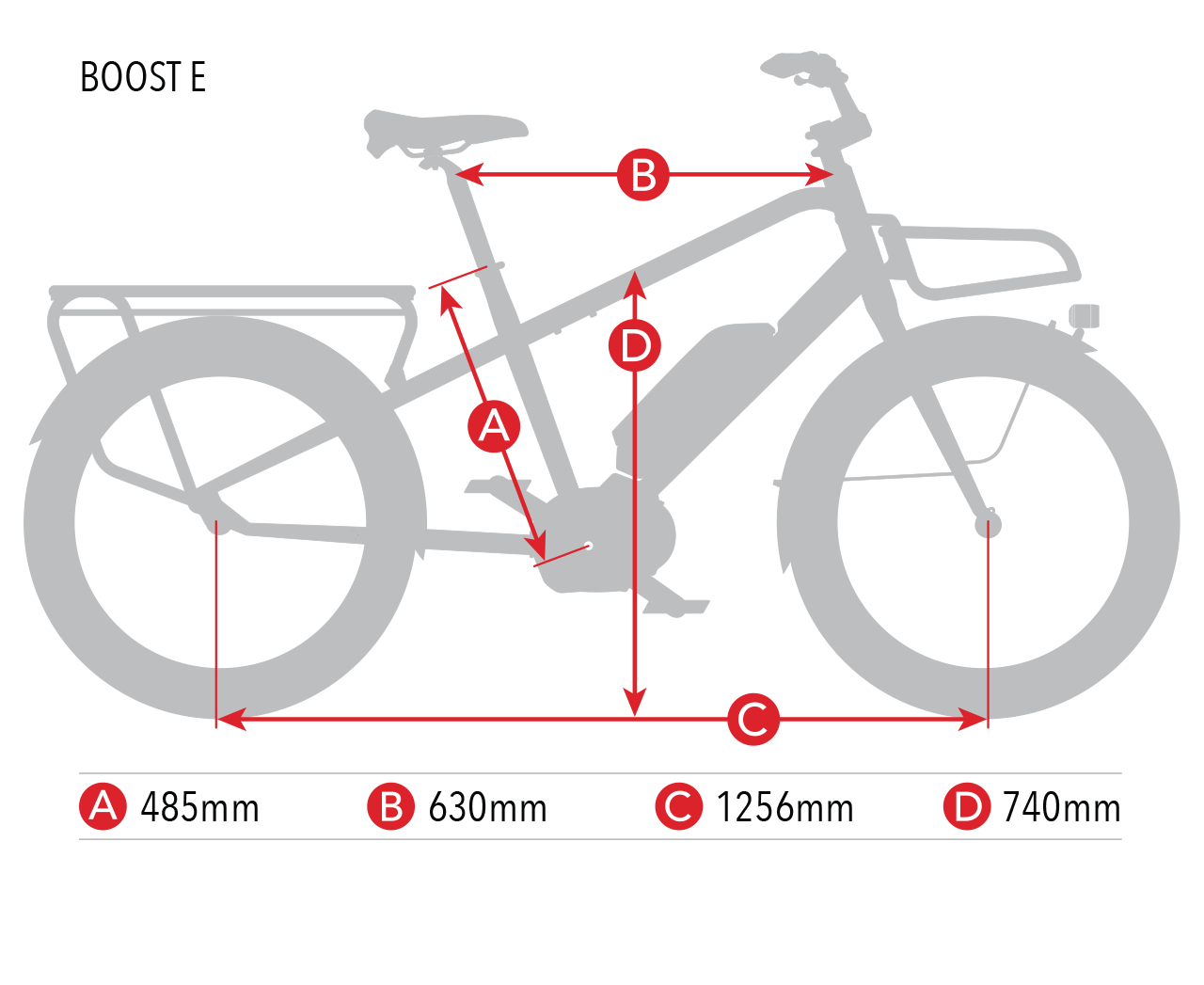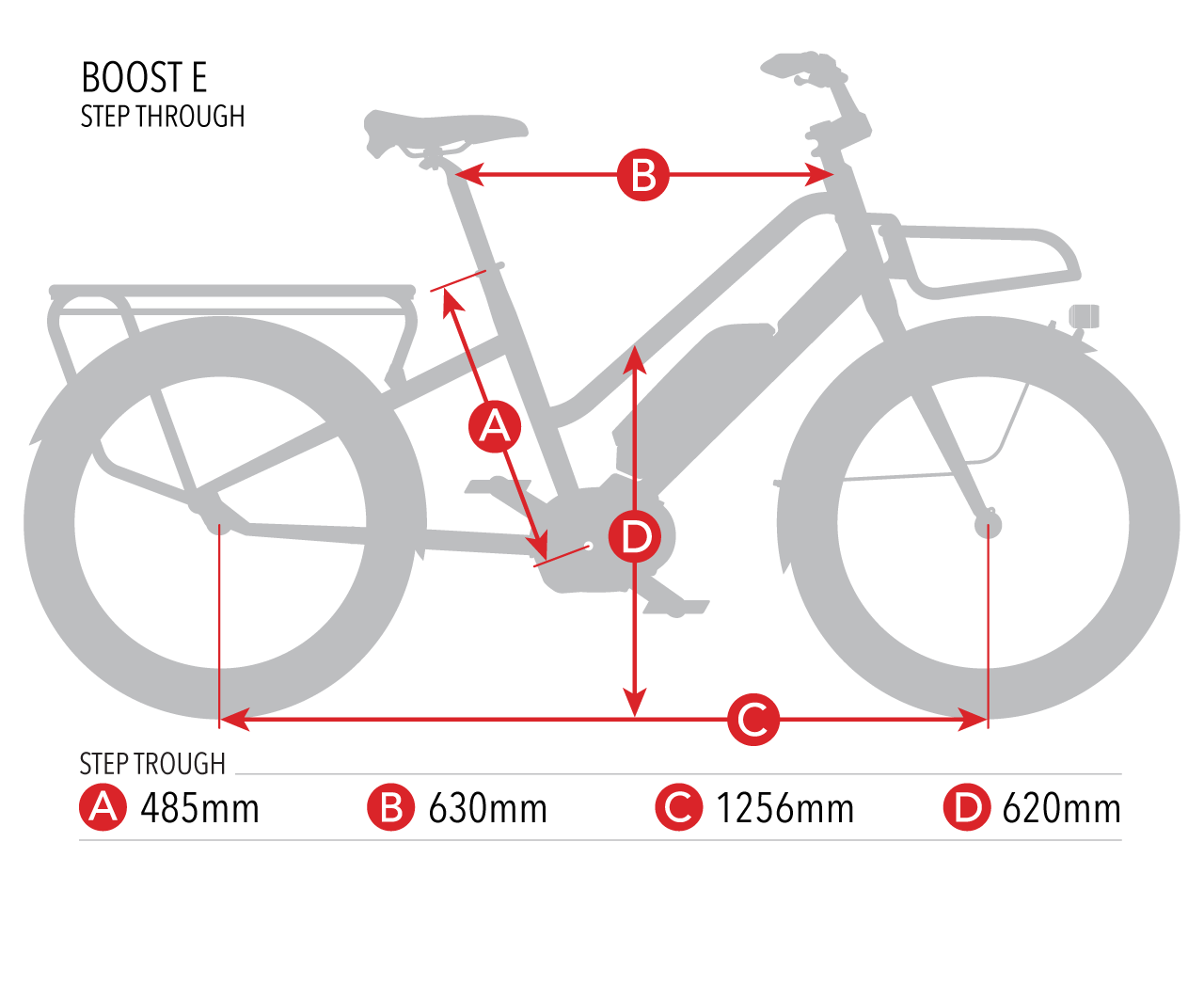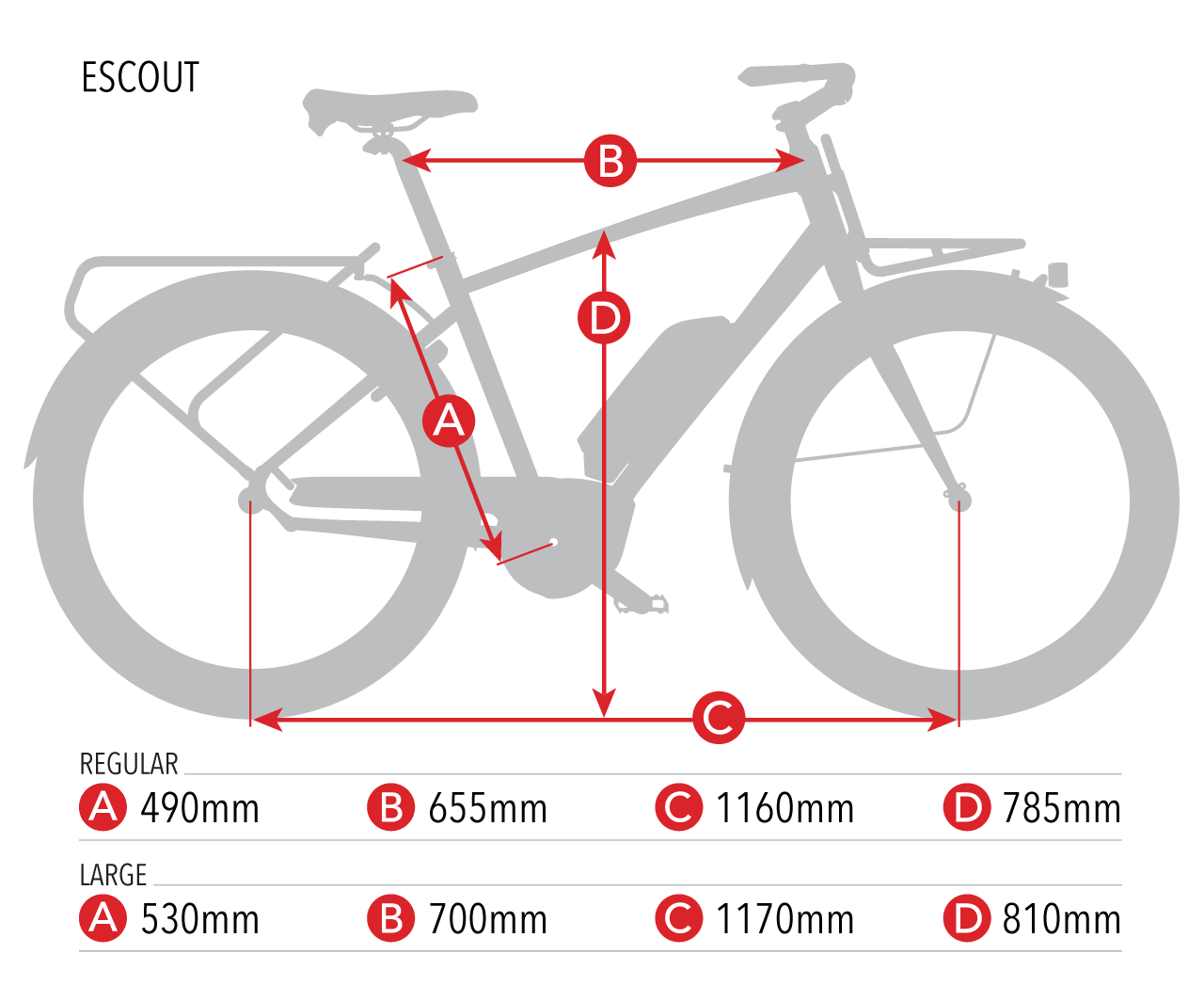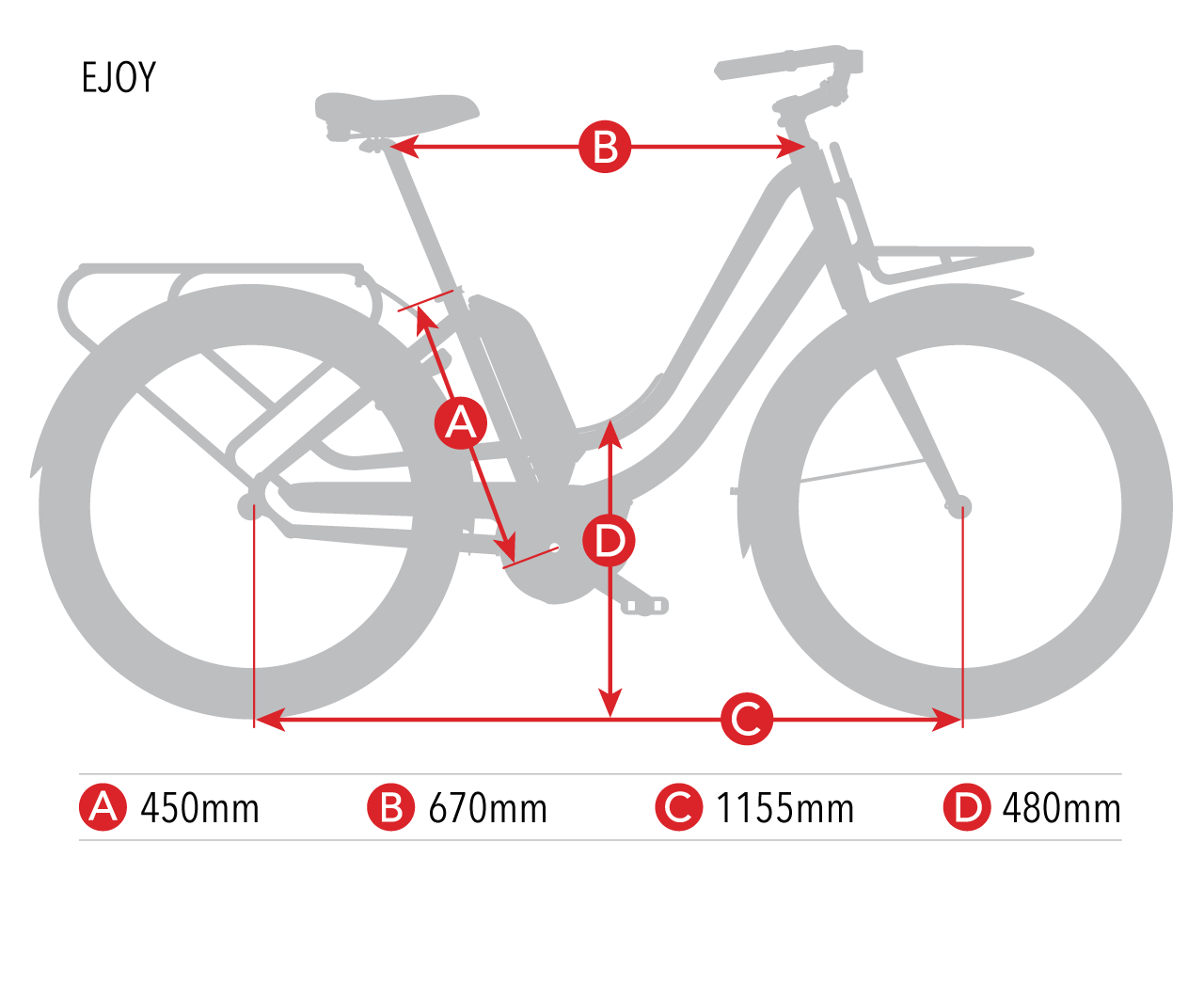
COMMUTER, CARGO, CRUISER, ROAD, AND MOUNTAIN E-BIKES FOR EVERY TYPE OF RIDER (AND BUDGET).
By The Bicycling Editors
It’s official. Electric bikes are here to stay, and their popularity is through the roof. Liberated from some of the normal constraints of standard bike design like weight and gearing, e-bike design has exploded; if you can imagine it, someone has built it. From cargo bikes to city and commuter bikes, mountain bikes, road bikes, folding bikes, and even beach cruisers and tandem bikes, there is something for everyone. The beauty of e-bikes is that they make the joy of cycling accessible to so many people in so many ways.
[…]
The Three Classes of E-Bikes
After you decide which style of e-bike you want, consider which class you prefer. In the U.S., there are three classes defined by the type of assist and how fast the motor will propel you. Most electric bikes sold are class 1 or 3. Class 1 bikes have a motor (max 750w) that assists while you’re pedaling, up to 20 mph. Class 3, also known as “speed pedelec,” can also have up to only a 750w motor (aka 1 horsepower), but can assist you up to 28 mph. Both are allowed in most states and cities without the need for a license. Class 2 models have a throttle that can propel a bike up to and maintain 20 mph without having to continuously pedal. Aventon’s Pace 500 is technically a Class 3 e-bike in that it reaches speeds up to 28 mph, but it also has a throttle that tops out at 20 mph (the maximum legal speed for a throttle).
A Wide Variety of Motors and Batteries
E-bikes mostly use motors and battery options from a few major suppliers: Bosch, Yamaha, Shimano, and Brose. (Some bike brands, like Specialized and Giant, use motors that are made specifically for their bikes—the Specialized SL 1.1 is made by Mahle, and the Giant SyncDrive Pro is made by Yamaha.) A few other brands exist but are less reliable or powerful. Some, like the Yamaha system, have more torque, and others, like Bosch’s Active Line, are nearly silent. Look for motor output (in torque), which will give you an idea of total power. Just like car engines, more torque equals more power off the line and more boost to your pedaling. But watt hours (Wh) is perhaps a more important figure to use—it takes into account battery output and life to give a more accurate reflection of power (higher Wh equals bigger range).
What’s New With E-Bike Motors?
As the momentum of the e-bike trend continues, advancements in motor technology is the obvious next step. And with more and more road and mountain bikes becoming “electrified,” brands are looking to add power without adding a bunch of weight or taking up a ton of space on the frame. This is especially important for full-suspension mountain bikes because smaller motors leave more room for suspension, better tire clearance, and fewer geometry compromises. And lighter motors result in a more natural ride feel. Shimano’s new EP8 motor, for example, is 10 percent smaller and 380 grams lighter than the E8000 it replaces, yet it produces 21 percent more torque (85Nm max vs. 70). This trend doesn’t apply only to mid-drive motors. The Mahle X35 hub motor in the Argon 18 Subito is just 100mm in diameter and weighs about 1,900 grams. Bosch’s newest Performance Line CX motor offers 85Nm of torque and an eMTB mode that automatically responds to a rider’s effort and the terrain without the rider having to switch between modes. And the MicroTune function on the Specialized Turbo Levo’s Turbo Full Power 2.2 motor lets the rider adjust power in 10 percent increments.
Battery Range
For many bikes, battery range is more important than total power (because they’re all pretty powerful). You want a bike that delivers a range long enough for your rides at the power levels you want. Most e-bikes will have three to five levels of assist that kick in anywhere from 25 percent of your pedal power to 200 percent. Consider how fast the battery takes to recharge, especially if you’ll be using your bike for long commutes. And remember, if you won’t settle for anything less than turbo, you’ll get the least amount of range (but the most amount of fun!) your battery offers. Many bikes also now offer the option to piggyback a second battery that lets you double your range, or, in the case of the Electric Bike Company Model X, three (one on the rear rack and two in the front basket, for up to a 200-mile range).
Other Features to Consider
As electric bike options continue to expand, brands are integrating the batteries more seamlessly, which makes the bike look sleeker (and more like a real bike). Most batteries lock to the bike and come with a key that lets you unlock and remove it, which serves at least four good purposes: You can remove the battery and charge it off the bike, a locked battery deters (and hopefully prevents) a thief from stealing it, and an e-bike with the battery removed is safer for hauling on a bike rack and lighter for carrying up steps.
Because e-bikes are capable of greater speeds for longer periods of time than standard bikes, you want extra control. Wider tires provide better traction and the freedom to leave the pavement with little penalty, and a suspension fork will help tame some of the rougher roads you might explore. Good disc brakes are a must, too, for slowing a heavy bike at high speed. This is not a place to skimp.
Some e-bikes come with an integrated lighting system that turns on when you power up the bike. While this is an awesome feature to have, it’s not a deal breaker if your bike isn’t equipped this way. With so many great bike lights available, it’s just as easy to attach your own. Same with rear racks: Some e-bikes come with one, some don’t. You decide how important that feature is to you.
How We Tested
Our team of experienced testers incorporate electric bikes of all types into our routines almost daily. We’ve spent many hours and miles using e-bikes for their intended purpose. We’ve commuted to and from work on them, used them to stock up on groceries and beer, tested their passenger-hauling capability, ridden them on questionable terrain to see how they handle, and run their batteries down to officially see how long they last on one charge. We evaluated them on performance, price, comfort, handling, value, reliability, fun, aesthetics, and overall e-factor to come up with this list of bikes that will best serve the needs of anyone looking to add a little pedal assist to their ride.
[…]E-Cargo Bikes
[…]―Best Family E-Cargo Bike–
Benno Boost E 10D Speed

Benno
propelbikes.com
$4,999.99
SHOP NOW
+ Option to add second battery doubles the range
+ Massive rear rack can hold two Yepp child seats
– Expensive
This latest version of the original Boost, which made its debut in 2016 and impressed us with its immense utility and bold design, improves on that model without changing ride quality. It goes faster, too—the Bosch Performance Speed Cargo motor gets you up to 28 mph in turbo mode. You can haul up to 130 pounds on the rear rack and 45 on the front, and the Boost is compatible with a ton of useful accessories, including a variety of front trays, Yepp baby seats (for two), and different rail systems for your little ones to hold onto. A Bosch PowerPack 500Wh battery sits cleanly on the frame and will provide up to about 75 miles of riding—a range you can double with a second battery. The whole package rolls on 2.6-inch tires wrapped around 24-inch wheels. Best way to buy it: Order it today; it’s in stock and available to ship.
Content retrieved from: https://www.bicycling.com/bikes-gear/a22132137/best-electric-bikes/.




